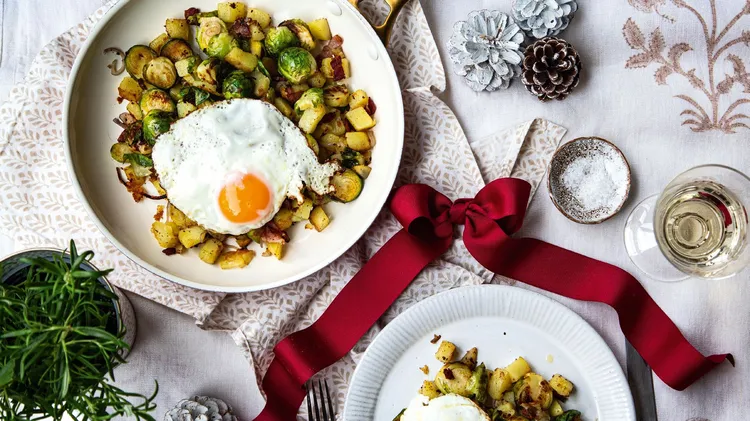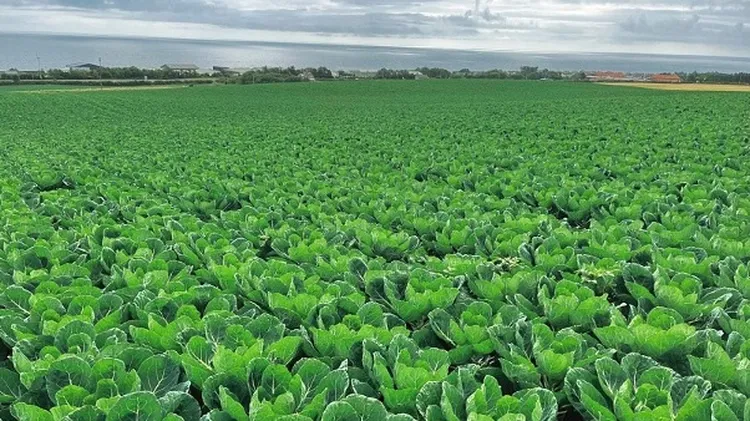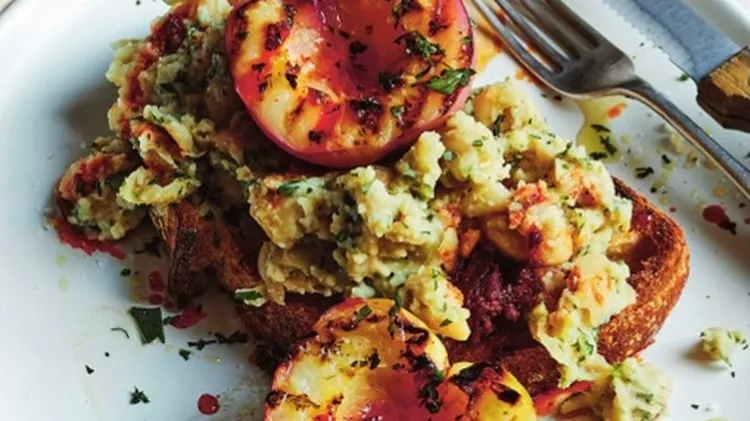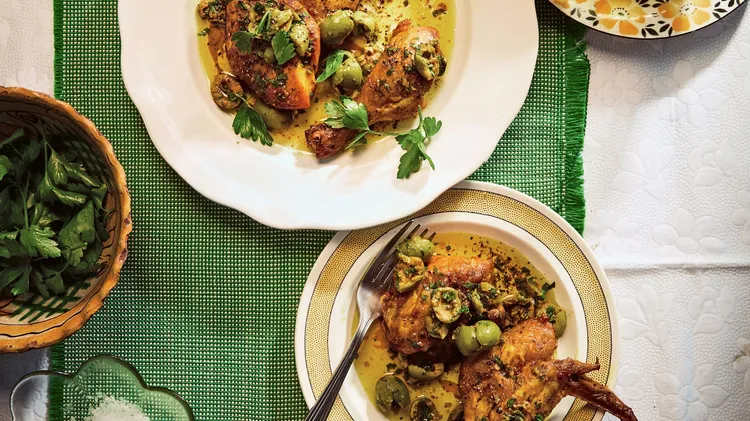In the first of this new series bigging up our favourite vegetables, we’re here to
Sprouts
4 min read
This article is from...
Read this article and 8000+ more magazines and newspapers on Readly






